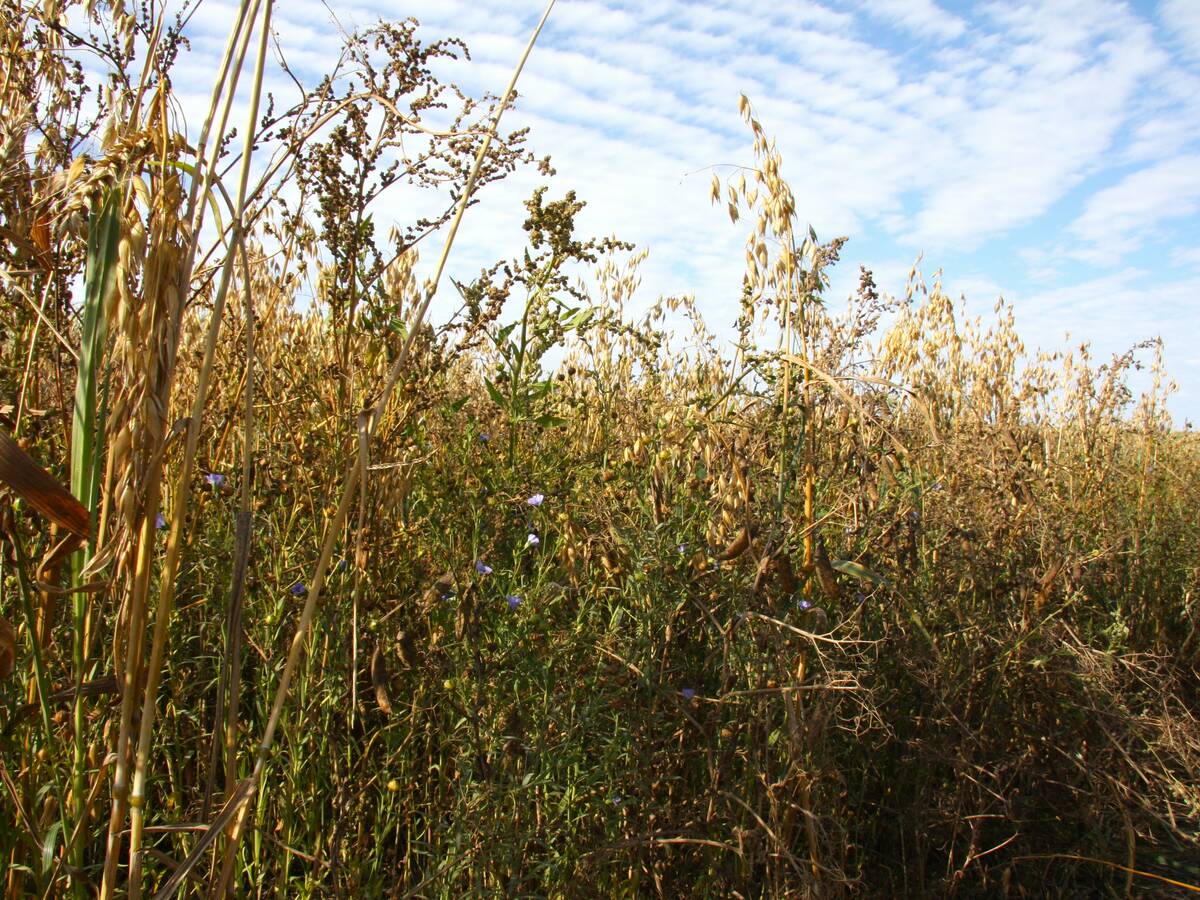The latest edition of a venerable gardening annual contemplates what gardens will look like in a future, warmer climate.
“Climate-aware gardening” is the topic of the 2023 Prairie Garden, Western Canada’s only regional-specific gardening annual, published since 1937. It officially launched with a virtual party on Nov. 13.
Danny Blair, a climatologist at the University of Winnipeg, guest-edited the 2023 edition.
Read Also

PepsiCo nearly doubles regenerative scope
Another 240,000 farm acres managed through regenerative agriculture will be supported by PepsiCo across Manitoba and Saskatchewan by the end of 2025.
He told the online audience that climate models show plant hardiness zones will move north as the earth’s atmosphere warms.
[RELATED] Population growth, climate change and the ‘Anthropocene engine’ transforming the planet
“The consequences of that are profound,” Blair said.
The one and perhaps only benefit he said he could think of was that the frost-free season on the Prairies will lengthen to an average of 169 days between 2051 and 2080. Between 1976 and 2005 the average was 131 frost-free days.
In agro-Manitoba, average frost-free days range from 75 in the Riding Mountain area to 125 to 135 days in pockets of south-central Manitoba like Morden and Altona, according to provincial climate data. Much of southern Manitoba sees 105 to 125 frost-free days.
Blair showed maps he’d developed to demonstrate which American states have the same climate that the Prairies will see if climate change progresses. In the most extreme scenario, Regina could expect to have a climate similar to that of Kansas or Missouri by 2081.
“We see that the American climate migrates northward!” Blair wrote in an article he penned for the Prairie Garden. “It means that plant hardiness zones are on the move!”
[RELATED] Manitoba seed company brings regenerative ag to garden scale
It also means the Prairies can expect more days with temperatures above 30 degrees. The average is 14, Blair said. Near the end of the century, in the most extreme scenario, he predicts the average will be more than 50 days over 30 degrees.
Blair told gardeners they’ll need to look for plants that are more resilient to extremes of weather. They’ll need to pay attention to managing soil health and should consider designing their gardens to be more resilient.
The new issue of Prairie Garden has several articles to that end: gardening for bees and pollinators; drought-tolerant trees and shrubs; drought-tolerant perennials; potential changes to insects due to climate change; and resilient landscape design.
It also contains general articles on the latest in prairie gardening with advice on growing giant vegetables, creating a beautiful border and preparing trees and shrubs for winter.
















